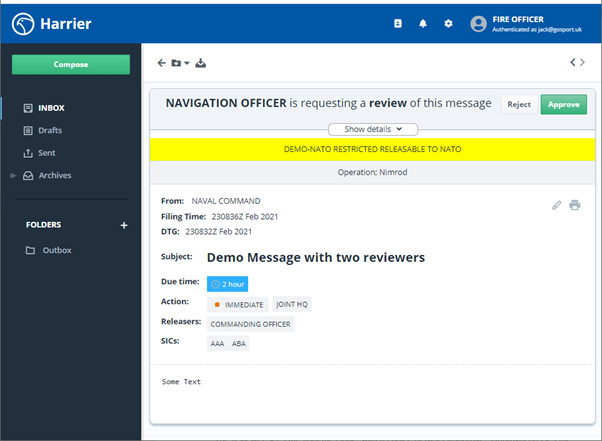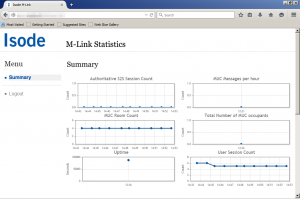With the potential for new technologies to cause interference to traditional communications networks and even space itself at the risk of becoming weaponised, it is important to make sure that you always have a backup plan for your communications ready and waiting.
Should the worst happen and your primary network, typically SatCom, go down you need to ensure that you can still communicate with your forces wherever they are, and that communication needs to be fast, simple and reliable. It also needs to be suitable for operation within degraded and denied environments.
That’s where HF Radio has a distinct advantage, utilising the ionosphere itself to relay communications and long-range radio signals. If you’re interested you can read more about the benefits of communications over HF Radio and how Isode is developing HF technology here.
When implementing new technologies, one of the challenges you can always expect to face is how you manage them and control how the important systems connect with one another. For HF Radio, that has always been a factor limiting its deployment, how do you ensure that mobile units remain connected to your HF network as they move from one location to the next?
This can now be done by our latest HF Radio enhancement product, Icon Topo.
Icon Topo is a state of the art, web-based management system for HF Radio networks. The management system allows an operator to monitor and control the location of Mobile Units such as ships or aircraft, ensuring that as they move from one HF Access Point to another they can remain connected to your communications network.
The Icon Topo system allows you to manage your Mobile Units across multiple HF Networks, and plan a connection route for them as they do so, all from an easy forms-based interface. Removing any interruptions to service or downtime from applications as the MU moves across its intended path.

You can read more on Icon Topo here.
Alongside our HF management system, we have also recently developed our Red/Black solution to manage encrypted data over HF networks.
Red/Black is a Web-based server that can provide control and monitoring of different devices and servers. This is intended to complement, not replace, primary device management tools. Red/Black servers can operate in a pair, to monitor and control devices across a secure boundary.
Our Red/Black servers are designed to support HF radio systems through the display and management of communication chains, as seen below. They allow separation of, and passage for encrypted information across restricted networks from a ‘high’ side to a ‘low’ side.

You can read more about our Red/Black solution here
The above two products give you full oversight over your HF networks so that you can be confident you will retain complete control over what gets to connect to your HF network and how exactly they do it.
If you’d like more information on our HF products, or are interested in a product demo then get in touch with us on sales@isode.com, alternatively you can fill out a contact form on our website and one of our team will get back to you.


